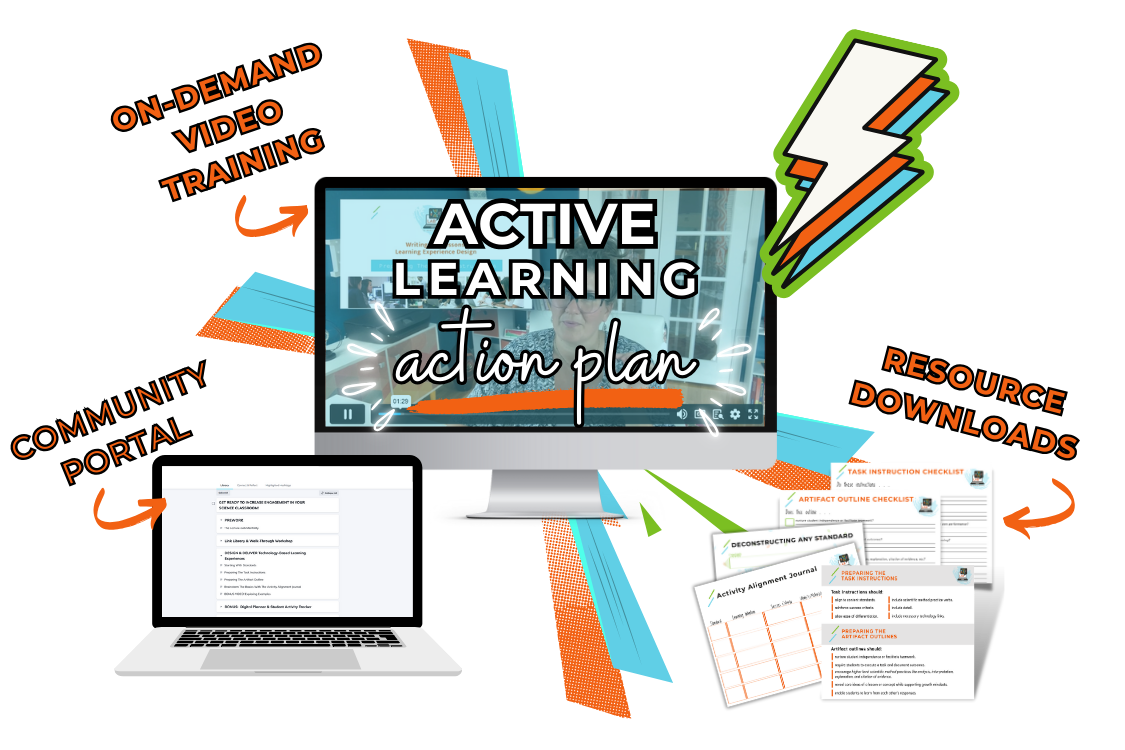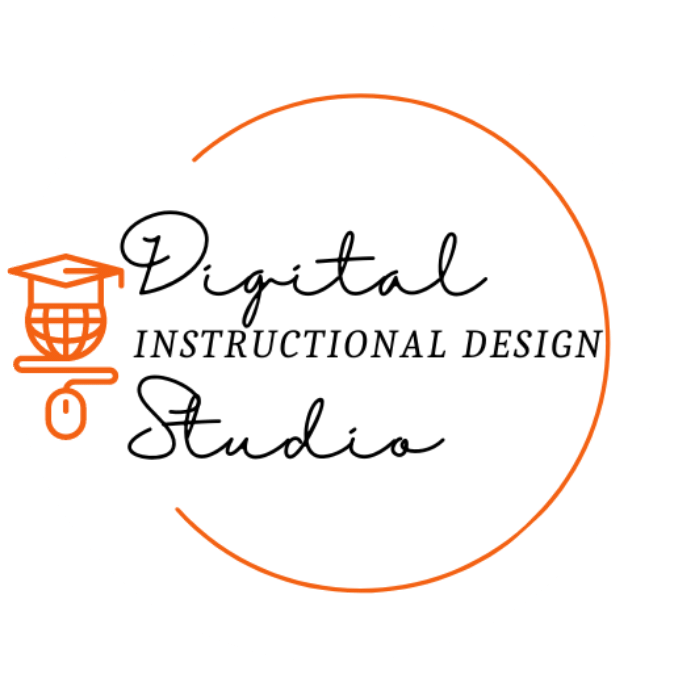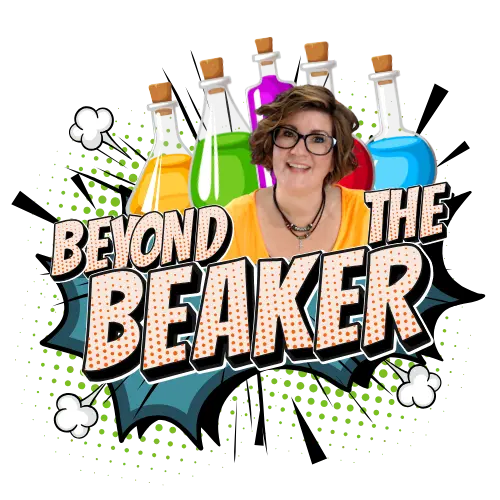Inquiry-based science activities have transformed student engagement in my chemistry classroom. By incorporating them into my lesson plans every day, I have empowered my students to become active participants in their learning journey, because inquiry-based activities mimic the scientific process! They foster curiosity, critical thinking, and problem-solving skills, while also promoting a deeper understanding of scientific concepts. When we include inquiry-based science activities in our daily lesson plans, students become conditioned to exploring, investigating, and discovering the world around them. We gift them real-world life skills!
In this article, you’ll learn what to include in inquiry-based science activities to ensure that they increase student engagement and provide comfortable challenges that will increase their confidence in science.

#1 Design inquiry-based science activities with purpose.
When it comes to designing inquiry-based science activities, it all starts with something I like to call MY GUIDING PURPOSE.
My guiding purpose is the driving force behind why I do what I do in teaching, and it only really clicked for me when I started seeing my role as a science teacher in a new light.
This is my story …
So, here’s the deal: I’ve been teaching chemistry online for a solid 15 years, mostly at a cyber charter school in Pennsylvania. For nearly nine years, I was stuck in lecture mode. My students don’t get lab kits, and we can’t assume they have the means to go out and buy common household supplies to improvise. There was this inherent obstacle I didn’t know how to overcome: My students were limited to using only their eyes and ears to learn.
I got stuck in the cycle of believing the lie that students had to touch, hold, and manipulate physical objects to DO science.
And, since I believed they couldn’t DO science, I accepted that I’d just have to tell them everything I knew about it. I’d have to teach science as a COLLECTION OF FACTS. But, lecturing left me feeling unfulfilled and completely frustrated because students didn’t show any signs of life. All my attempts at meaningful converation or back-and-forth exchange were futile.
What’s worse? I had no clue if any of my students were actually understanding what I was saying.
Finally, I started doing some research online about science teaching best practices which led me to a blog post. That blog post led me to buy a book, and reading that book was a revelation.
I embraced science as a thing we do!
I realized that doing science isn’t just about touching stuff—it’s a life skill, like driving a car or taking care of a pet.
Think about it: When you’re driving, you’re constantly observing your surroundings, making hypotheses about what other drivers might do, and critically thinking about how you should respond. It’s the same thing with science!
This whole idea of thinking of science as a life skill was a game-changer for me. So, instead of trying to cover every concept and vocabulary term, I started creating inquiry-based science activities that challenged my students to uncover those things for themselves.
This change — shifting the focus from teaching about the world to having students explore the world — made all the difference for them and for me! When I led with inquiry-based science activities, class time became less about me talking at my students and more about them actively engaging with the content and learning how to think like scientists.

#2 Tune into edtech.
You know what’s amazing about teaching in these modern times? The technology we have access to opens up a whole new world for teaching science, and not just for little old me who works for an online cyber school.
I’m talking about technology that takes my students on virtual journeys they could never experience otherwise—whether I was teaching in a traditional classroom or my virtual classroom.
With inquiry-based science activities that call upon the use of student-controlled simulations and interactive tutorials, my chemistry students can dive deep into the microscopic world and connect it to what we can observe with our senses.
and connect it to what we can observe with our senses. It’s like bridging the gap between the tiny particles in chemistry and the bigger picture, the micro connecting to the macro.
But it’s not just chemistry that benefits from technology. In earth and space science, it’d be like having a virtual spaceship that can take your students from the surface of the Earth to the far reaches of our solar system! As a life science teacher, you can transport your students to the inside of a creature or through the phospholipid bilayer of a cell.
Now, I know what you’re thinking—aren’t all these fancy interactive tools expensive? Well, sure, there are plenty of companies out there offering paid programs. But there are also tons of free resources designed just for you and your content!
You might even have a complete arsenal all your own, depending how long you’ve been teaching. I’m talking about a collection of videos, imagery, and articles you’d otherwise present, talk through, or demonstrate during class. Even these things can become the muse of an inquiry-based science activity that will allow your students to identify evidence and conduct analysis to create new knowledge!

#3 Consult the Next Generation Science Standards (NGSS).
Whether you’re teaching in a state that’s all about those Next Generation Science Standards or not, the NGSS is all about shaking things up. It’s not just about drilling facts and figures into our students’ heads anymore. It’s about getting them to understand the processes behind it all and how everything fits together.
Now, let’s be real — the NGSS can be a bit of a maze to navigate. But trust me, we can use them to focus on the action-oriented aspect of designing inquiry-based science activities. Specifically, I’ve found it super helpful to keep coming back to the crosscutting concepts of science that are outlined in the NGSS. If you’re unfamiliar, there are seven crosscutting concepts of science:
- patterns
- cause and effect
- scale, proportion and quantity
- system and system models
- energy and matter
- structure and function
- stability and change
These concepts present a plethora of options that help me sort out how I can lead my students to best uncover or reveal the core ideas or content knowledge in any lesson. Then, it’s up to me to create tasks that incorporate these concepts and artifact outlines students will use to document their observations and conduct analysis throughout their experience.
So, let’s talk about those tasks, shall we?

#4 Include clear task instructions in inquiry-based science activities.
So, ever since I waved goodbye to lectures and fully embraced the magic of ‘active learning,’ something became crystal clear to me: When students hang back instead of diving in, it’s not because they’re stubbornly refusing to participate. Nope, more often than not, they’re just feeling a bit lost or unsure of themselves.
But fear not! We’ve got the antidote to confusion, and it’s called clarity. When students know exactly what’s expected of them, they’re way more likely to jump right in with confidence.
It’s like a little switch goes off in their heads. Either they’re all, “Heck yeah, I’ve got this!” or it’s more of a “Uh oh, this looks tricky…”
Let’s turn our attention to boosting confidence, then.
When we’re teaching science in a way that demands students come up with answers and facts on their own, fear tends to rear its ugly head. Yep, fear is enemy number one, whispering in our students’ ears that they can’t do it, that they don’t know enough facts.
That’s why I’m not a fan of the way lab activities are traditionally assigned within our science curricula. Since “lab day” happens so infrequently, these activities are often assigned after students have already learned the details about a topic. The lab reports or worksheets that we ask them to complete requires students to review those facts to explain and support what they’re seeing. It’s a bit tragic, really.
Instead, inquiry-based science activities require that we take a different approach. When I craft task instructions for an activity, I focus on honing those essential science skills and sparking that fire of curiosity. It’s all about encouraging students to observe, jot down what they see, reflect on those observations, ask questions, and dare to dream up possible explanations. This gets them to those facts, and it helps them understand them in a way that sticks.
Plus, I’ve found that in a classroom culture that celebrates curiosity over correctness, the pressure’s off. The stakes are lowered. Suddenly, it’s not about getting everything right—it’s about exploring and discovering together. And trust me, that’s where the real magic happens.

#5 Provide one-page artifact outlines that prompt analysis.
Alright, let’s talk artifact outlines. These are the assignments I hand out to my students alongside the task instructions for an activity.
They’re like the Swiss army knives of documentation, providing space for observations in various formats—sometimes open-ended, sometimes checkboxes, sometimes data tables.
Now, how I structure these artifact outlines? Well, it all depends on which cross-cutting concept of science I want my students to use to dig into the core content idea of the lesson.
Well, it all depends on which cross-cutting concept of science I want my students to use to dig into the core content idea of the lesson.
Regardless of the cross-cutting concept I choose to use or emphasize in the practice of science my students will undertake, there must always be some higher-order questioning that pushes students to dive deep into the observations they’ve recorded. I like to call this portion of my inquiry-based science activities “data-dependent analysis.” Despite presenting a challenge, they build student confidence because there isn’t always just one answer or correct response. ANY response a student provides can be supported by their observations, and I better understand why they think what they’ve proposed.
Why just one page?
Now, we might call these artifact outlines “worksheets” or “labs,” but I stick with this language for a reason. I try my hardest to keep them to just one page. Why? Well, there are a few reasons:
- First off, it makes the activity feel way less overwhelming for the students, which means students will be more willing to complete the task in its entirety. It increases student engagement!
- Then, when it’s time for me to review them, I can quickly get a sense of each student’s understanding and the whole class’s grasp of the concept. Because of the cloud program I use to deliver these activities, I literally have a snapshot of the class’s progress right at my fingertips! So, I can make on-the-spot instructional decisions.
- Finally, once I’ve reviewed overall class progress, I can cherry-pick bits from each student’s outline to create one complete answer key masterpiece that’s a collaboration of everyone’s efforts! It’s like teamwork, minus the awkward group activities. This works perfectly for my socially-averse, virtual high schoolers. They feel the pride of their accomplishment and contribution, but they don’t have to take the risk of being wrong or presenting to the class.

Get More Help With Designing Inquiry-Based Science Activities
In this article, I’ve shared with you the 5 things I include in the design of inquiry–and-discovery-based activities that I use in my chemistry classroom every day.
The value of delivering these types of lessons is far-reaching: it’s rooted in GROWTH MINDSET principles, it conditions students to HIGHER-ORDER thinking skills, and it enables me to develop relationships with my students and keep my pulse on their abilities as content changes throughout the year.
Getting to this point was a hard-fought battle, so I’ve detailed the entire process for HOW I design inquiry-based activities using the components I described in this article.
It’s called the ACTIVE LEARNING ACTION PLAN, and you can get instant access to it by visiting labineverylesson.com/activeplan.
THE PLAN consists of an on-demand video training series totalling about 3 hours of watch time and printable resources like cheat sheets, checklists, and templates to help you implement what you learn over and over again.
So head on over to labineverylesson.com/activeplan to get access to this value-packed PD and meet me back here to learn even more about all the nuances of taking on a student-centered transformation in your science classroom!





